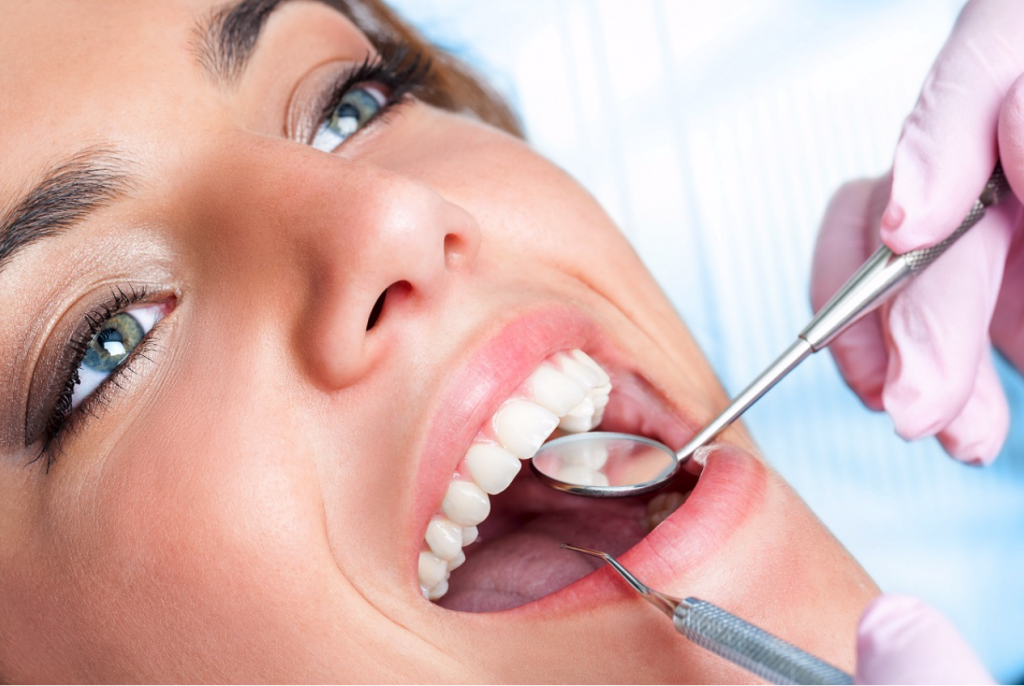I need to replace a tooth, what are my options?

There are many options available in order to replace a tooth, all of which carry their own advantages and disadvantages. After a consultation with your dentist, the main thing to remember is that your dentist will ensure that you are receiving the treatment best suited for you. As there are many options, and many different sets of teeth, each treatment can have a particular benefit.
What are crowns?
Crowns are essentially porcelain caps that fit over the tooth. This will create a new tooth entirely, and one that you can use with confidence. Crowns are used when the tooth has been almost destroyed or decayed and will protect the tooth from any further damage. Crowns are also made from porcelain or resin, so they will also provide a finish to your tooth that will look as natural as ever.
What are bridges?
Bridges are like crowns, but work as a set rather than a single tooth. A bridge is often used to replace several teeth that have been lost as opposed to just one tooth and provide a natural looking finish. Bridges are often anchored in place by either crowns or dental implants.
What are dental implants?
Dental implants are an extremely efficient way of replacing lost teeth and providing the foundation to other dental work such as bridges. Dental implants work by drilling into the jawbone and inserting in a titanium screw. After a few months, depending on the state of the bone growth, the implant will then be ready for use, and a crown can be attached to the implant. Implants can also be useful for attaching dentures, and with as little as two implants, dentures can be attached to the jaw.

Denture attachments
As dentures can often slip, and over time cause wear to the jawbone, dental implants can provide an excellent solution to these problems. Dentists will be able to fit your existing dentures on too, so you won’t need to change dentures if you are comfortable with your current set. In some cases, dental implants can also be fitted with a detachable component, which means you should be able to attach, and remove your dentures freely, in order to clean them and maintain proper dental hygiene.
Veneers and cosmetic bonding
In some cases, the tooth itself may not need to be replaced if it is a healthy tooth. If you are not happy with the appearance of the tooth, then this can be a solution that cosmetic dentistry can solve. Veneers provide a fantastic solution to unsightly teeth that may also need protection. Veneers work by drilling away a small part of the enamel, to provide a rougher surface for the adhesive to bond the porcelain and tooth together. Porcelain, while an extremely durable material, is also aesthetically pleasing, and will greatly enhance the appearance of your smile. Cosmetic bonding works by using a tooth-coloured resin to fill in the gaps of unsightly parts of your teeth, and much like veneers, provide a smooth finish.
Any surgical or invasive procedure carries risks. Before proceeding, you should seek a second opinion from an appropriately qualified practitioner.



